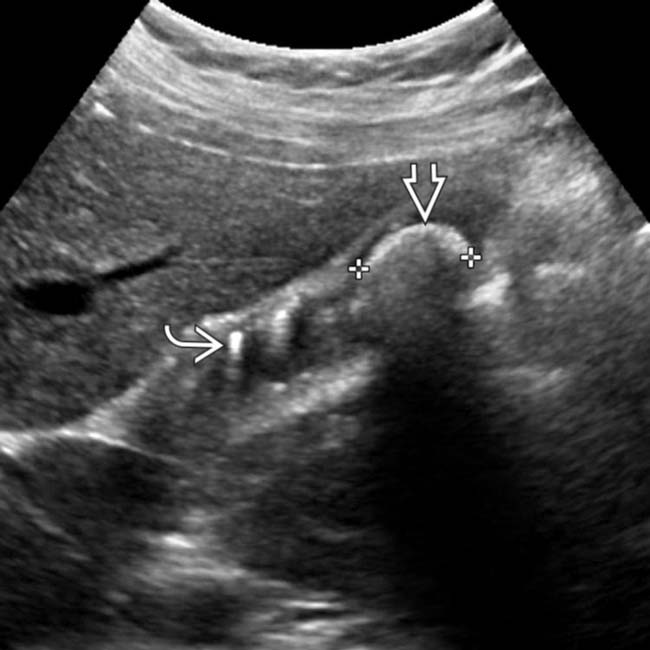
However, not all the energy remains within this central beam. Most of the energy emitted by the ultrasound machine is concentrated along a central beam. In a side lobe artifact, an image will appear at the wrong location, lateral to the true object location. On the right panel, the focal zone is adjusted allowing for adequate spatial resolution to distinguish each object separately.Ĩ. Figure 2-17 shows on the left panel that two far-field objects are superimposed on the screen display. Focusing (adjustment of the focal zone of the beam) narrows the beam width and the lateral resolution improves, hence reducing the possibility of developing a beam width artifact. An example is the superimposition of shadows from the aorta or aortic valve in the right atrium in an apical 4-chamber view. The ultrasound beam is two-dimensional and sometimes may superimpose out-of-plane images. For example, struts on a prosthetic valve can look longer than the actual size-similar to a side lobe type artifact. When the lateral resolution is reduced, a beam width-type of artifact can appear, leading to an alteration in the size or shape of a structure. In the far zone, the beam width becomes wider, and the lateral resolution degrades (lateral resolution diminishes as the depth increases). In the focal zone, the beam width of the ultrasound reaches its minimum diameter. The ultrasound beam has a near field (proximal area to the transducer), focal zone, and far field (distal area to the transducer). Two types of beam width artifact may occur: (1) related to slice thickness with superimposition of images from different planes and (2) related to suboptimal lateral resolution distal to the focal zone of the beam. Beam width artifacts occur distal to the focal zone where lateral resolution is least optimal. Figure 2-15 shows two examples of how reverberation artifacts are created (L, returned pulse R, reflected pulse T, transmitted pulse).Ħ. Refraction artifacts, not reverberation artifacts, are affected by the difference in acoustic impedance between two media. The reverberation lines are equally spaced and parallel to the main sound beam. The intensity of reverberation lines decreases as the distance from the transducer increases. Multiple reflections may occur when several interfaces are present for reflection, such as is the case of a mechanical valve disc. This second echo returns to the transducer at a later time, and the image will be displayed farther away from the real structure since it is assumed to have arisen from a greater depth. When a strongly reflected echo created at an interface returns to the transducer, some of its energy is redirected back into the patient and it can be reflected again at the same interface.

Reverberation-type artifacts occur because of multiple reflections off the transducer or strong reflectors. LAA, left atrial appendage LV, left ventricle.Ĥ. Vibrations of fluid filled gas Distinct from comet tailĭecreased axial, lateral, elevational resolution Pseudo mass right atrium Echoes in anechoic region Similar to side lobes seen more with linear array transducers Common Imaging Artifacts in Two-Dimensional Echocardiography In contrast, when the velocity of ultrasound in tissue is faster than expected by the ultrasound machine, the object imaged will be assumed to be closer than it truly is from the transducer ( Fig. When the velocity of ultrasound in tissue is slower than expected by the ultrasound machine, the object imaged will be assumed to be farther than it truly is from the transducer.

This type of artifact is referred to as a propagation speed error artifact not a resolution-type artifact. This has the effect of distorting the appearance of the ball from a round to a more oval shape instead of affecting the depth of the ball. The silastic ball of a ball-cage valve (Starr-Edwards valve) slows the velocity of ultrasound. However, different tissues (air, fat, bone), depending on their density and stiffness properties, may speed up or slow down the velocity of ultrasound. One of the basic assumptions of ultrasound is that the speed of ultrasound in tissue is 1,540 m/s (or 13 microseconds/cm). The speed of ultrasound in the silastic ball is slower than the speed of sound in tissue so the shape of the ball appears distorted.


 0 kommentar(er)
0 kommentar(er)
